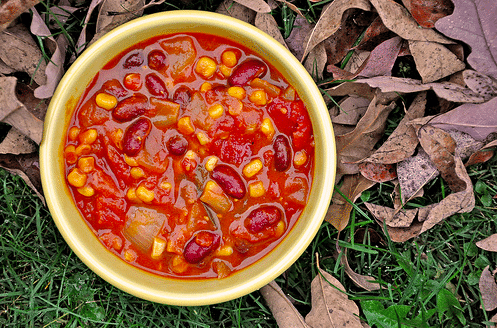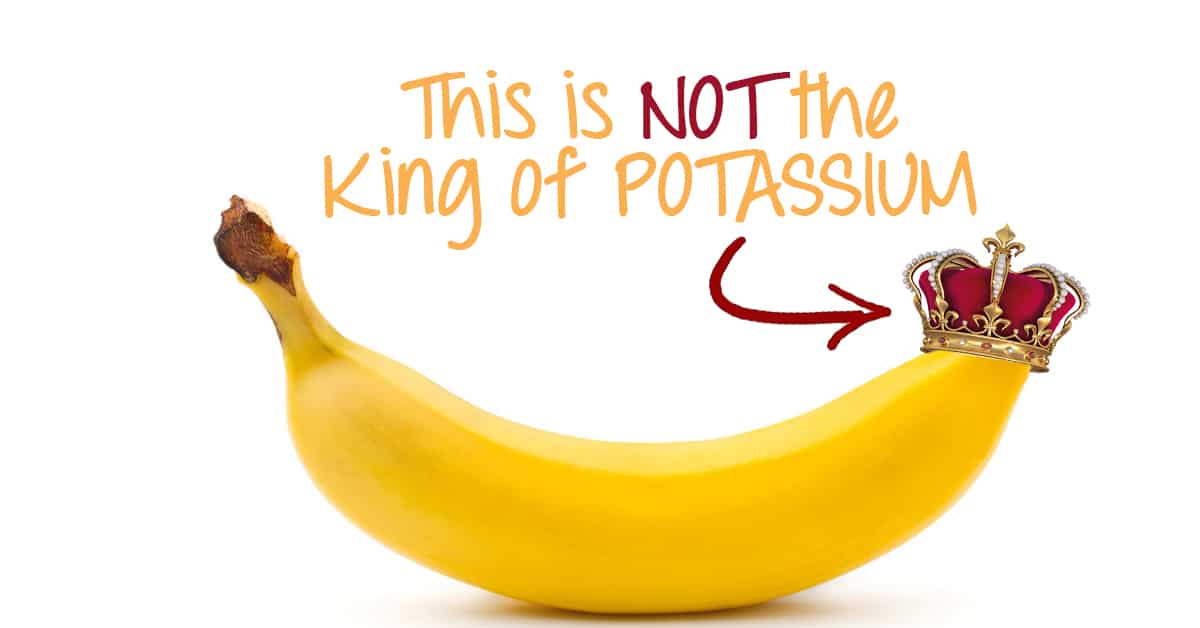For adults, at least two servings of omega-3-rich fish a week are recommended by the government. That’s a serving size of 3.5 ounces or 99 grams. No scale? That’s about the size of a deck of cards.
However, the problem with fish is not one of nutritional valve, but one of overfishing, and it’s a serious problem! Overfishing can occur in water bodies of any size, such as ponds, rivers, lakes or oceans, and can result in resource depletion, reduced biological growth rates and low biomass levels.
What does this mean for you? Well, next time you buy fish at the market or order fish at a restaurant, consider one of these fish that are better for the environment than some of the more traditional choices.
Try a new type of fish!
If you’re over tilapia and sick of salmon, here are a few alternative fishes to try out in your next recipe:
2. Chilipepper rockfish
3. Darkblotched rockfish
4. Dover sole

5. English sole
6. Lingcod
7. Longnose skate
8. Longspine Thornyhead rockfish
9. Pacific hake

10. Pacific sanddab
11. Pacific spiny dogfish
12. Petrale sole
13. Rex sole

14. Rougheye rockfish
15. Sablefish (aka black cod)
16. Shortspine thornyhead rockfish
17. Splitnose rockfish
18. Widow rockfish
19. Yellowtail rockfish

So how do you find these tasty alternatives? Look for any of the species above by name and check to make sure it was caught in California, Oregon or Washington. You can also check the Seafood Watch website or app to learn more!
“Consumers need to shop for these fish by name and origin,” says Sheila Bowman, Seafood Watch manager of culinary and strategic initiatives at the Monterey Bay Aquarium, in Monterey, CA. “Just like we ask for Brandywine tomatoes, Alaska salmon, Wisconsin cheddar, French champagne and other goods with an important provenance, these products can be requested.”
And if these fish aren’t yet readily available from your favorite fishmonger or restaurant, don’t despair. “As with anything new, it may take months to get retailers and chefs aware and tuned in to buying these products,” Bowman says, but just by asking, you may be helping the world take a step toward greater seafood sustainability — a pretty easy way to make an impact.







